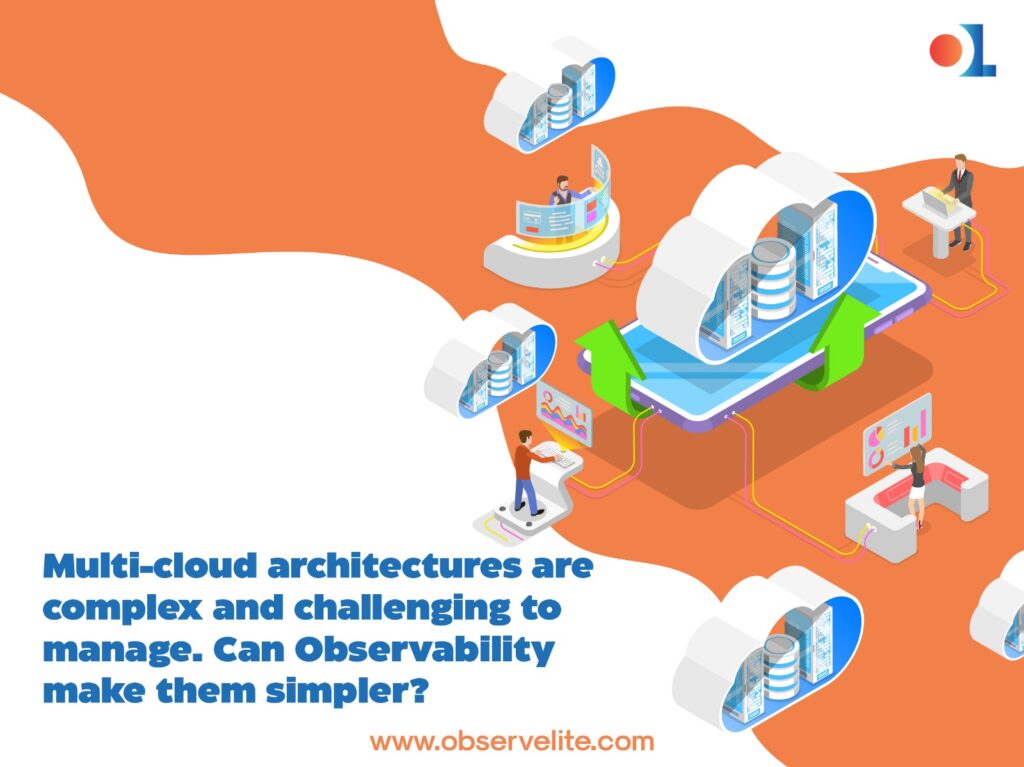The changing mode of multi-cloud computing is an inherent phenomenon. Cloud-technology has now become industry standard. Businesses keep their applications on the cloud, besides profiting from each platform’s versatility, affordability, and durability, respectively. It is a distributed type of structure which comes with some risks too. The deployment of new technologies, separated data, and performance monitoring systems may cause a loss of transparency and the inefficient identification and repair, resulting in more prolonged stoppage and outage.
1. Understanding Multi-Cloud Architectures
In contrast, multi-cloud architecture is based on the fact that it is possible to use several providers in the IT system of enterprises and integrate the products produced by them, such as AWS, Azure, and GCP. At the same time, a single-cloud architecture involves choosing the best products from one of the providers and other IT infrastructure elements.
This approach is gaining traction because it allows businesses to
◈Mitigate Risk: The cloud deployment method allows for load balancing, thereby the breakdown of any one provider would have less impact on critical applications.
◈Optimize Costs:
The multi-cloud environment lets the companies pay for cloud services for a certain business process, making it unnecessary to spend extra on more expensive services, saving money.
◈ Increase Flexibility and Innovation: An array of cloud service categories makes teams more innovative by providing them a larger space for selecting the required attributes. The pick scheme is more complex and overwhelming as the cloud services for business or personal uses are highly- segmented and placed categorically to avoid redundancy.
2. However, multi-cloud environments also introduce complexities:
Increased Management Overhead: Such decentralized nature poses many challenges. Even experienced technicians need to invest time and effort in figuring out the cloud without a central administration point simply because of the number of clouds with various interfaces and tools.
Data Silos and Visibility Issues:
Data from different clouds may remain in separate areas, which will delay the centralized situation, and an integrated disciplinary attitude to the system’s state and performance.
Security Concerns:The security governance of the data is at stake due to the diverse nature of cloud providers, considering that the same security rules and configurations should be matched in extremely careful operations to ensure data privacy and to prevent holes in security.Through it you are not only able to react to risk but also take initiatives in investigations and stay vigil on any regulatory compliance leaks or outages.
3. Tested practices on tracking in the network consisting of Clouds of different complexity.
◈Choose the Right Observability Platform Decide a platform that comes with a complete data collection process and can integrate with enterprise resource planning systems and departmental growth capacities for perfect types of integrations.
◈ Instrument Your Applications:For this consider using logging (trace level) in your applications so logs need not be collected from various sources.
◈ Start Small and Scale UpPerform to find who made which part of the architecture at the system or the cloud technology you are handling. As you deal with this gradually, go for larger air space when you are stable and manage to be aware of the entire IT channels by your training process.
◈ When Observability is deployed, it can help in making a multi-cloud environment from being a spaghetti to a well-oiled machine. With Observability, debugging errors faster, discovering bottlenecks early, and preventing headaches, Observability is the “go-to” system to develop the confidence you need for making all your cloud strategies.
◈ As far as proactive solution goes, the very unobtrusive nature of Observability helps teams to identify cases of potential bottlenecks before they escalate into true crisis situations that may require intervention, where pre-emptive optimization and resource allocation become very crucial. This kind of insight not only strengthens operational environments but also builds upon the culture of continuous excellence where each iteration is better than the previous one and improves processes and performance.
◈ Ultimately, Observability is more than mere monitoring, it is an active approach to managing and optimizing cloud environments through which organizations are able to achieve their maximum potential out of their digital infrastructure, have the possible risks mitigated, and enhance innovation.
Find out how real-time monitoring ensures optimal system performance.


